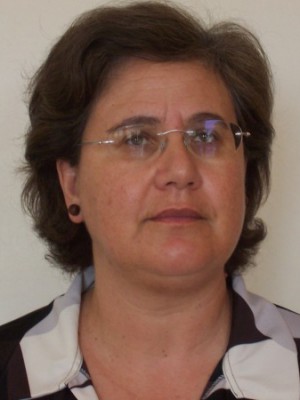abstract
The tricarbonyl complex [(eta(5)-C(5)H(4)-COOMe)Mo(CO)(3)Cl]- was prepared from the reaction of sodium (methoxycarbonyl)-cyclopentadienide, (C(5)H(4)-CO(2)Me)Na, with (Bu(4)N)[Mo(CO)(5)I]. Heating the ester with 3-(triethoxysilyl)propylamine gave the amide derivative {[eta(5)-C(5)H(4)-CONH-C(3)H(6)Si(OEt)(3)]-MO(CO)(3)Cl}. The functionalised tricarbonyl complex was immobilised in the ordered mesoporous silica MCM-41 with a loading of 13 wt.-% Mo (1.4 mmol(.)g(-1)) by carrying out a grafting reaction in dichloromethane. Powder X-ray diffraction and nitrogen adsorption-desorption analysis indicated that the structural integrity of the support was preserved during the grafting and that the channels remained accessible, despite significant reductions in surface area, pore volume and pore size. The success of the coupling reaction was confirmed by (29)Si and (13)C (CP) MAS NMR spectroscopy. A supported dioxo complex of the type [(eta(5)-C(5)H(4)R)MoO(2)Cl] was subsequently prepared by oxidative decarbonylation of the tethered tricarbonyl complex using tert-butyl hydroperoxide (TBHP). The oxidised material is an active catalyst for the liquid phase epoxidation of cyclooctene with TBHP as the oxygen source. Similar catalytic results were obtained using the tethered tricarbonyl complex directly as a pre-catalyst since fast oxidative decarbonylation occurs under the reaction conditions used. For both systems, the desired epoxide was the only product and the initial activities were about 13 mol(.)mol(Mo)(-1.)h(-1). The solid catalysts were recycled several times. Some activity was lost between the first and second runs but thereafter tended to stabilise. ((C) Wiley-VCH Verlag GmbH & Co. KGaA, 69451 Weinheim, Germany, 2004).
keywords
LIQUID-PHASE OXIDATION; MOLECULAR-SIEVES; DIOXOMOLYBDENUM(VI) COMPLEXES; MOLYBDENUM; CYCLOOCTENE; REACTIVITY; MECHANISM; SILICA
subject category
Chemistry
authors
Abrantes, M; Gago, S; Valente, AA; Pillinger, M; Goncalves, IS; Santos, TM; Rocha, J; Romao, CC






